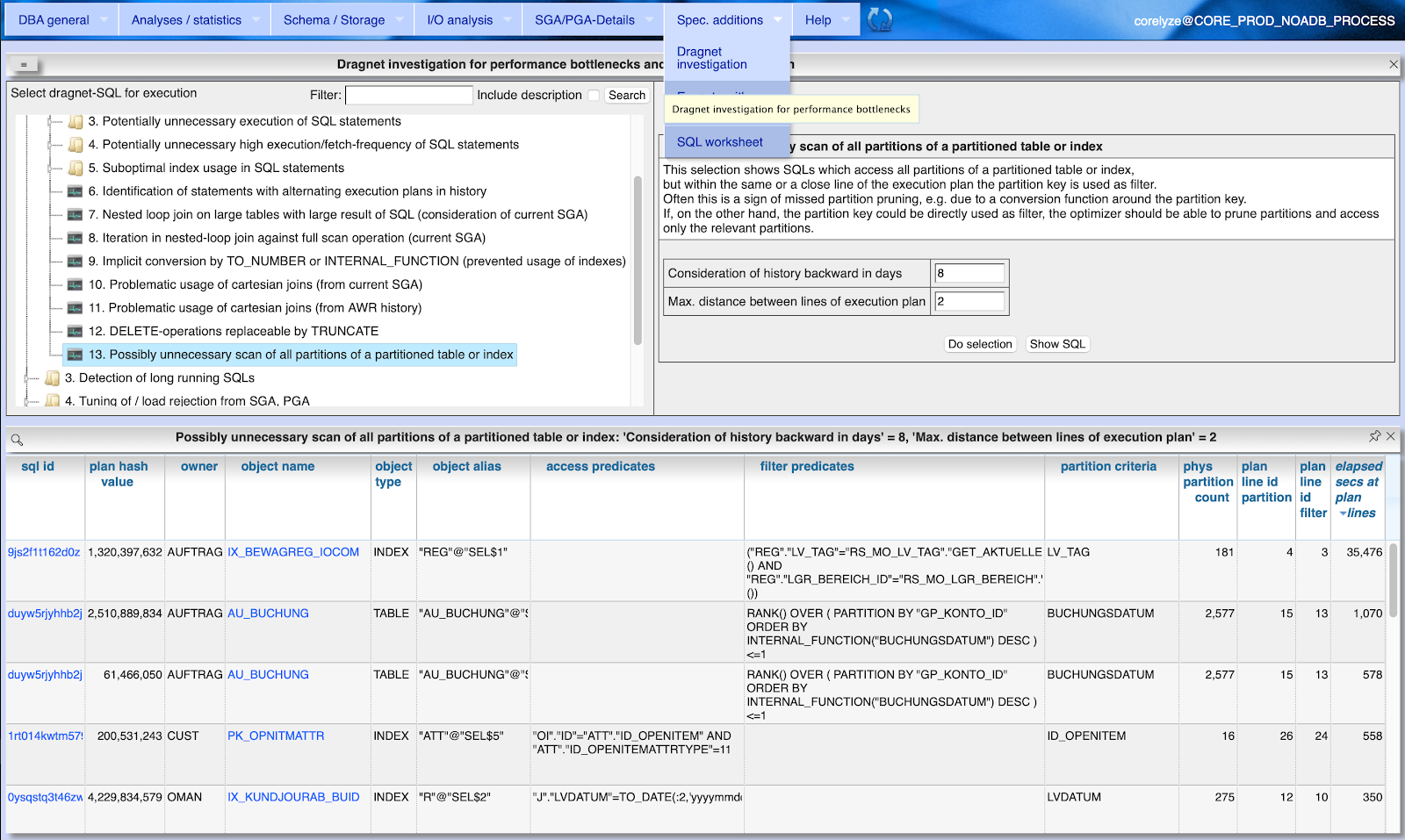Oracle-DB: Run TPC benchmark with hammerdb on Standard Edition
For a small demo I needed a synthetic workload at an Oracle DB. We are running on Oracle Linux and want to execute a TPC benchmark at an SE2 instance. The tool of choice to do this quickly was HammerDB (https://www.hammerdb.com) which is also avaialble as Docker image. Assuming an Oracle DB is already running on port 1521 of the Docker host, these are the steps: Create a config script config.tcl: echo " # Select the Oracle database. dbset db ora # Select the TPC-C benchmark. dbset bm TPC-C # Oracle DBA user (e.g., SYSTEM) diset connection system_user SYSTEM # DBA user's password diset connection system_password oracle # Your DB connect string. Use IP of Docker host diset connection instance 10.214.3.3:1521/ORCLPDB1 # Scaling Factor (Number of Warehouses), e.g. 100 diset tpcc count_ware 100 # Virtual Users for schema build/load and run diset tpcc num_vu 8 # Benchmark schema user (will be created) diset tpcc tpcc_user TPCC # Benchmark schema password diset tpcc tpcc_pa...









